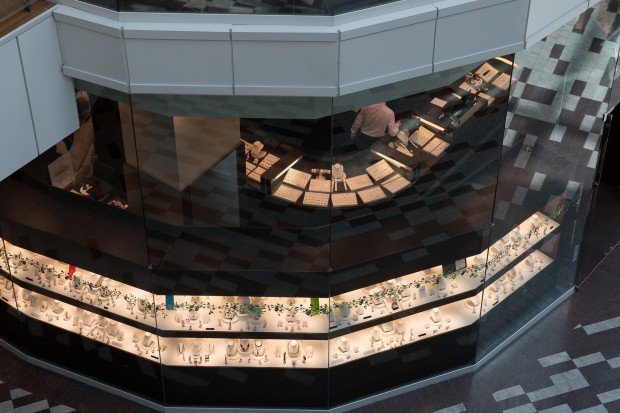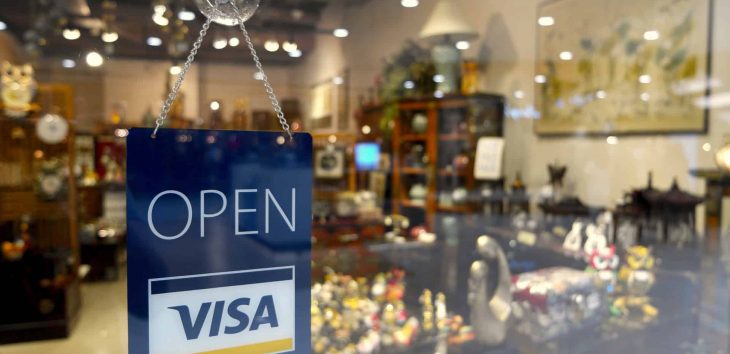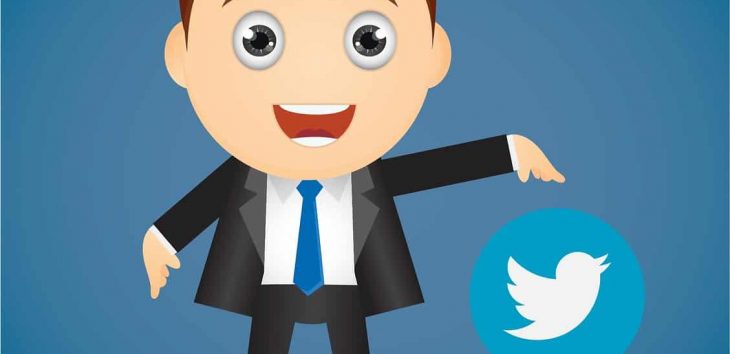Since the conception of online commerce giants like Amazon and Etsy, we’ve seen hastily-made predictions that the rise in digital shopping is the first sign of the decline and inevitable death of traditional shopping.
Contradicting these theories, however, are recent trends. For example, Amazon and several other major ecommerce players have opened their first brick and mortar (B&M) stores to extend their reach beyond the online market.
How can smaller players in ecommerce use these events to strategize their foothold in the market?
It’s increasingly difficult to launch a business that relies solely on a digital presence; the market has become crowded and contentious, but on the flipside, how do we know how much B&M presence is enough and how much is too much?
Here are some things to consider when deciding how to balance your online presence with your physical one.

1. The Effects of B&M Stores on Customer Service
Apple, for example, could easily carry out all of their business through online stores and licensed retailers, but they opt to maintain a huge B&M presence, bigger than traditional retailers like Penney and Gap.
Having the ability to control the majority of their customer service and tech support interactions has allowed Apple to build a reputation for facilitating the learning of their products and having a positive record with customer interactions.
2. Online Stores Can Support Physical Ones
Many businesses are entering into the online retail arena without a physical store, but it’s become easier than ever to create the latter out of the former.
When you’re already an established online retailer, it’s easy to find out what B&M business will offer your store by the process of trial-and-error.
Pop-up shops are a recent trend in retail in which stores, typically digitally founded, try out a physical presence to see how they can interact with various markets and demographics in different locations. It’s a way to strengthen brand engagement and increase exposure, at least on a trial basis.
3. The Considerations of Customers
Depending on your products and target demographics, your store may have to take different avenues to reach them. For example, if your product is something that lends itself more to physical shopping, like fine jewelry, it may not benefit you to disregard the benefits of a physical store.

Additionally, different demographics view shopping in different ways. While the older generations may be intimidated by comprehensive ecommerce experience, young shoppers are more likely to embrace it. One article points out that mothers are more likely to view physical shopping as a way to engage socially.
When it comes to exposure and all the complex considerations that come with running a business, online or by traditional B&M, it can be difficult to manage all the aspects that come with it. Trends in how the biggest ecommerce names do business, however, show that if you can find a balance that is right for your store based on all the considerations, you can grow your retailer.




